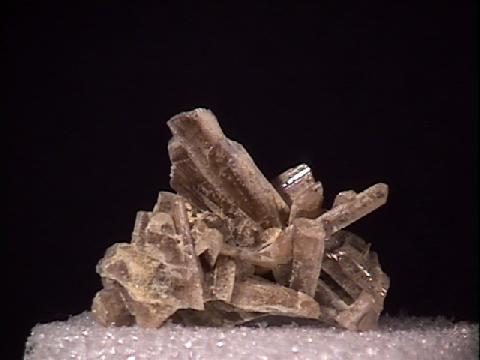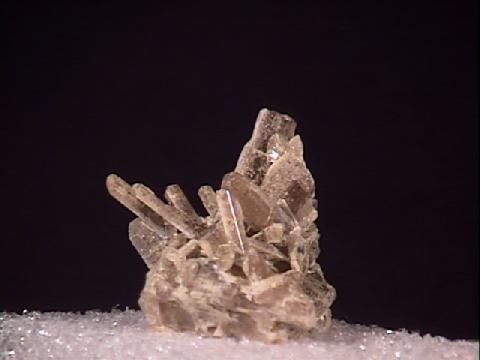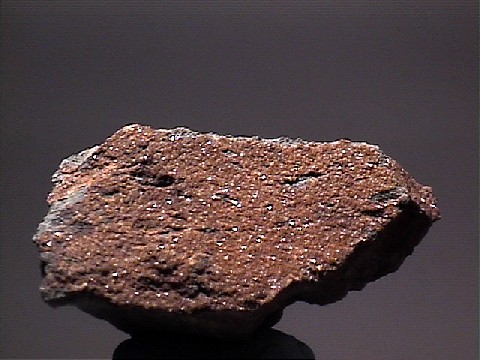 THE
MINERAL CHILDRENITE
THE
MINERAL CHILDRENITE
- Chemistry: (Fe, Mn)AlPO4(OH)2 - H2O, Hydrated Iron Manganese Aluminum Phosphate Hydroxide.
- Class: Phosphates
- Uses: Only as mineral specimens.
Specimens
Childrenite is a classic secondary mineral that was first discovered in the mines of Devon, England especially the classic George and Charlotte Mine near Tavistock. It most likely forms from the alteration of primary granitic phosphates such as lithiophilite and triphylite when aluminum and water are available. Childrenite is also found in some ore veins.
Childrenite forms a solid solution series with the mineral eosphorite. Eosphorite's formula is (Mn, Fe)AlPO4(OH)2 - H2O and differs from childrenite only by being rich in manganese instead of iron. The structures of the two minerals are the same and therefore it would be expected that their differences in physical properties between the two would be related to the iron/manganese percentage. Eosphorite is less dense and is generally pinkish to rose-red in color whereas childrenite's colors tends towards various shades of brown. In terms of crystal habits the two also differ. Eosphorite forms prismatic, slender crystals and rosettes. Childrenite forms tabular or bladed individuals or lamellar aggregates. It has been said that the two different habits belie their solid solution relationship.
PHYSICAL CHARACTERISTICS:
- Colors include dark yellow, yellow-brown and brown.
- Luster is vitreous.
- Transparency: Specimens are transparent to translucent.
- Crystal System is orthorhombic; 2/m 2/m 2/m
- Crystal Habits include equidimensional tabular, bladed or platy crystals. Aggregates include lamellar, parallel growth and fibrous habits.
- Cleavage is good in two directions at right angles.
- Fracture is conchoidal.
- Hardness is 4.5 - 5.
- Specific Gravity is approximately 3.2 (slightly above average).
- Streak is white.
- Associated Minerals include quartz, feldspars, lithiophilite, chlorite, pyrite, hureaulite and triphylite.
- Notable Occurrences include the classic George and Charlotte Mine near Tavistock, Devon and some mines in Cornwall, England; Custer, South Dakota, USA and Minas Gerais, Brazil.
- Best Field Indicators are crystal habit, color, associations, localities and density.





